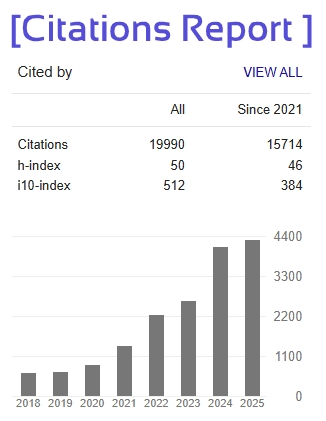Deep Learning Algorithms for Cyber-Bulling Detection in Social Media Platforms
Tharun Koduri 1, T Narsimha Sai 2, P Shiva Sai Laxman3, P Mohan4, Mr B Mariya Joseph5
1,2,3,4 UG Scholars, 5Assistant Professor
1,2,3,4,5 Department of CSE[Artificial Intelligence & Machine Learning],
1,2,3,4,5 Guru Nanak Institutions Technical Campus, Hyderabad, Telangana, India
---------------------------------------------------------------------***-------------------------------------------------------------------
Abstract - Information and Communication Technologies have driven social networking and communication, but cyber bullying is one major challenge. Manual and ineffective user-dependent cyber bullying reporting and blocking mechanisms exist. Conventional Machine Learning and Transfer Learning were examined for automatically detecting cyber bullying. The research made use of an extensive dataset and systematic annotation procedure. Textual, sentiment and emotion, static and contextual word embeddings, psycholinguistics, term lists, and toxic features were all utilized in the Conventional Machine Learning approach. The use of toxicity features for cyber bullying detection was introduced in the present research. Contextualized word Convolutional Neural Network (Word CNN) word embeddings exhibited similar performance, with the choice of when to use word embeddings for its higher F-measure. The textual features, the embeddings, and the toxicity features established new standards when individually input into the model. The model attained an improved F-measure with the combination of textual, sentiment, the embeddings, the psycholinguistics, and the toxicity features in the Logistic Regression model. This outcompeted Linear SVC in training time and processing high-dimensionality features. Transfer Learning made use of the base model Word CNN for the base-model fine-tuning, attaining the benefit of faster training calculation compared to the base-models. The cyber bullying detection through Flask web was also done, and an accuracy was achieved. Mention of the actual name of the dataset was avoided to respect its privacy.
Key Words: Cyberbullying, deep learning, LSTM, social networks.







